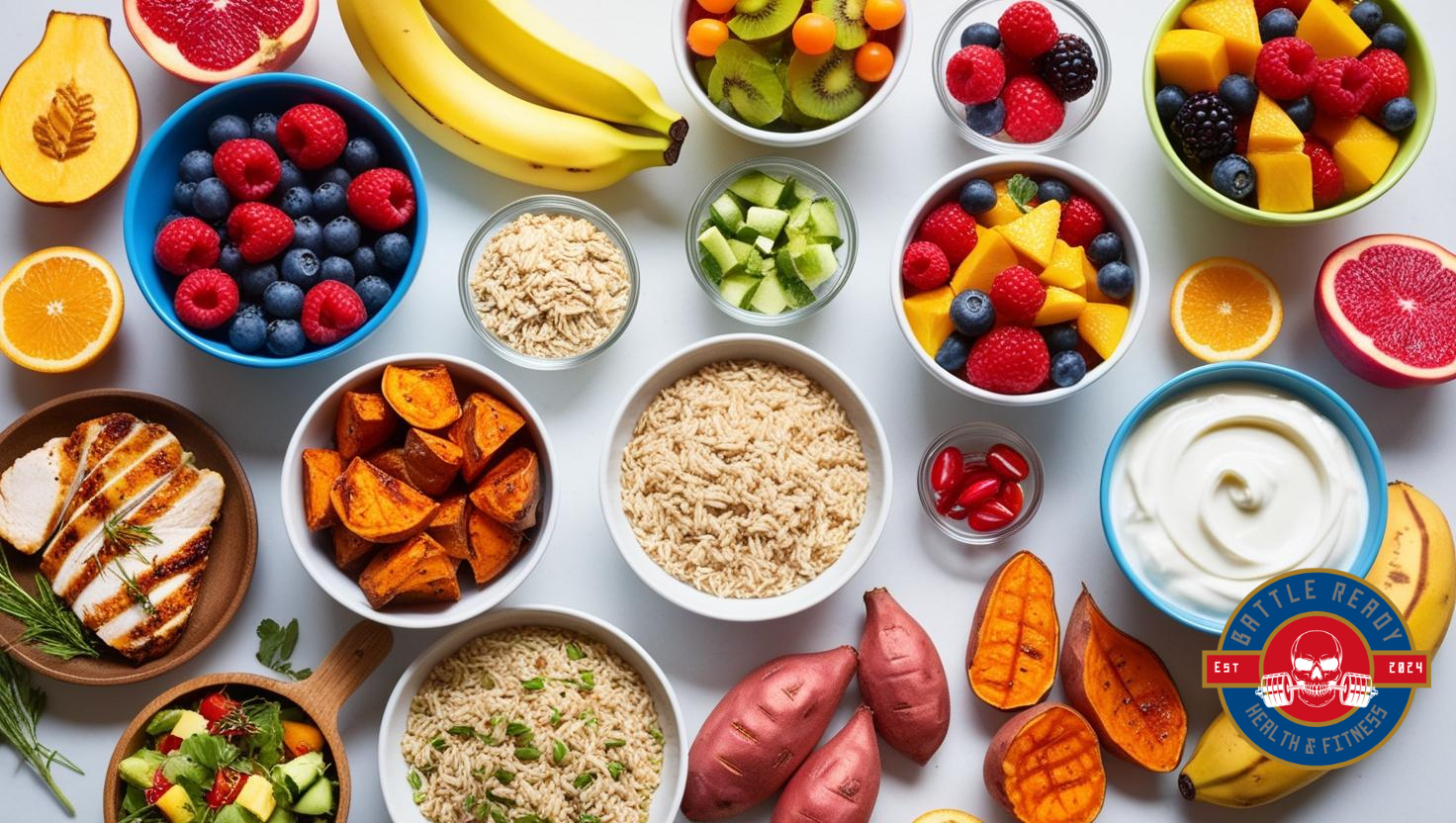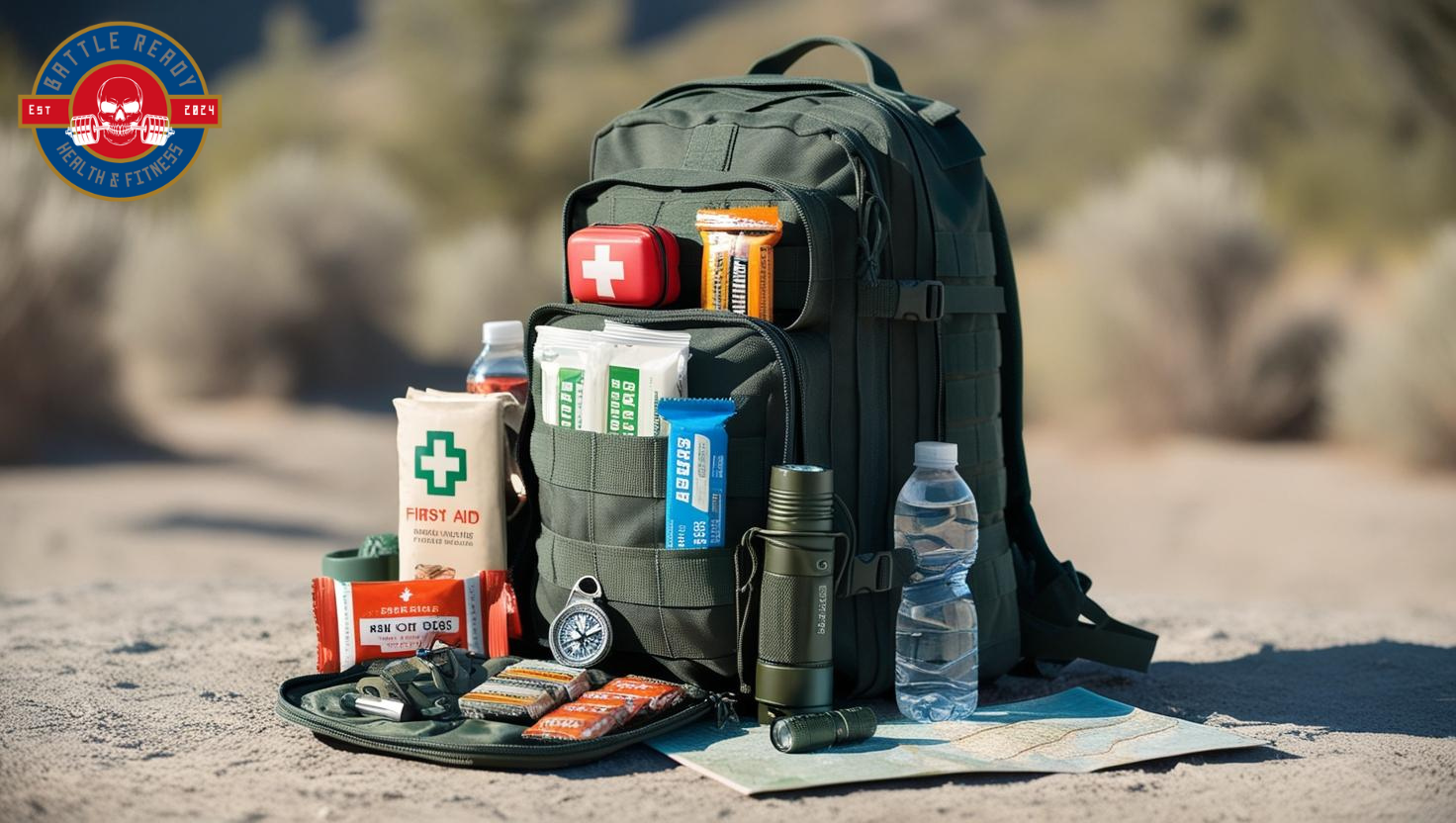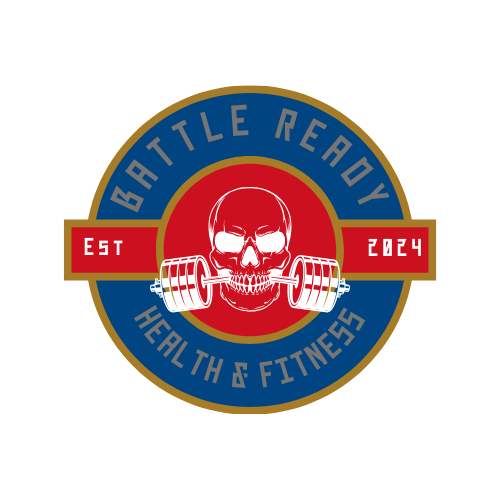What To Eat?

What to Eat Before and After a Workout for Maximum Results
If you’re serious about building real strength and performance, it’s not just about how hard you train. What you put into your body before and after a workout is just as important (Aragon & Schoenfeld, 2013).
Fueling the right way means better training, faster recovery, and bigger long-term results — plain and simple.
Here’s how to stay Battle Ready with your nutrition and supplements before and after every training session.
What to Eat Before You Train
Your pre-workout meal is about giving your body the right fuel.
You want to walk into the gym feeling energized — not sluggish and not starving.
1–2 hours before you train, focus on:
- Carbs for Energy: Oats, rice, sweet potatoes, or fruit — your body runs on carbs during hard training (Kerksick et al., 2017).
- Protein for Muscle Support: A scoop of whey, chicken breast, or Greek yogurt — getting protein in before you lift gives your muscles a head start on recovery (Jäger et al., 2017).
- Low Fat: Heavy fats slow digestion. Keep fat low pre-workout to avoid feeling weighed down.
Battle Ready Pre-Workout Meal Ideas:
- Grilled chicken breast, jasmine rice, and green beans
- Oatmeal with a scoop of protein and some berries
- Greek yogurt mixed with honey and a banana
- Turkey sandwich on sourdough and a piece of fruit
Short on time?
If you’re training within 30 minutes, stick to something lighter. A banana and a whey shake will give you quick energy without sitting heavy.
Bonus Tip:
Avoid high-sugar junk (candy bars, donuts) right before training. The sugar spike might feel good for 10 minutes but it’ll crash hard mid-workout.
What to Eat After You Train
Training tears muscle fibers down. What you eat after builds them back stronger.
Your post-workout meal needs to reload your fuel tanks (carbs) and rebuild your muscles (protein).
Within 30–60 minutes after lifting, you want:
- Fast-Digesting Carbs: White rice, fruit, potatoes, bagels — simple carbs refill your muscles’ glycogen stores (Kerksick et al., 2017).
- High-Quality Protein: Whey, beef, chicken, eggs — high-quality protein delivers the amino acids your body needs to rebuild (Jäger et al., 2017).
- Some Fats (Optional): A little healthy fat is fine but keep the focus on carbs and protein for faster absorption.
Battle Ready Post-Workout Meal Ideas:
- Whey protein shake with a banana and a rice cake
- Ground beef, white rice, avocado, and salsa
- 4 eggs, sourdough toast, and a handful of strawberries
- Salmon, sweet potato, and broccoli
Real Talk:
Skipping your post-workout meal because you’re "not hungry" is like finishing a fight and refusing stitches. If you want results, you have to recover right.
Supplements Before a Workout: What to Look For and What to Avoid
Supplements aren’t magic — but they can give you an extra edge if you use them smart.
Good Pre-Workout Ingredients
These are the ingredients that actually work (and are backed by research):
- Caffeine (3–6 mg/kg): Boosts focus, strength, endurance (Spriet, 2014). Good pre-workouts have it — but not overloaded.
- Beta-Alanine (3.2g+ daily): Buffers acid buildup so you can grind out more reps (Hobson et al., 2012).
- Citrulline Malate (6–8g): Boosts blood flow for better pumps and stamina (Perez-Guisado & Jakeman, 2010).
- Creatine Monohydrate (5g daily): Helps with strength, power, and recovery over time (Buford et al., 2007).
You don’t need a "kitchen sink" formula with 20 mystery ingredients. Stick to what’s proven.
What to Avoid in Pre-Workouts
Be on the lookout for:
- Proprietary blends: If they hide ingredient amounts, it’s probably underdosed junk.
- Overstimmed formulas: Some pre-workouts stack 400+ mg caffeine and throw in exotic stims. Feels great until you crash mid-set or get heart palpitations.
- Banned ingredients: DMAA, DMHA — if it’s banned by sports organizations, it’s banned for a reason. Not worth the risk.
- Fake pumps: Some products load with glycerol or arginine, but underdose the real nitric oxide boosters like citrulline.
Real-World Battle Ready Pre-Workout Stack
If you want to keep it simple (and smart), here’s a Battle Ready pre-workout stack:
- 200–300mg caffeine (coffee or a clean pre)
- 5g creatine monohydrate
- 6–8g citrulline malate
- 3g beta-alanine (if you like that tingling feeling)
- Good pre-workout meal (carbs + protein)
That’s it. No crazy side effects. No crash. Just performance.
Don’t Forget About Hydration
Being dehydrated by even
2% can wreck strength, endurance, and even mental focus (Sawka et al., 2007).
But it’s not just about water — you need
electrolytes too.
When you sweat, you lose sodium, potassium, and magnesium. If you’re only replacing water, you can still cramp, fatigue early, and feel drained.
Stay Battle Ready Hydrated:
- 1 gallon of water a day minimum
- Add an electrolyte packet during or after training (especially in hot weather)
- Watch for signs like cramping, dry mouth, dizziness — these are hydration red flags.
Final Thoughts: Battle Ready Is a Mindset
At the end of the day, what you eat — just like how you train — is about
discipline.
It’s about showing up for yourself every single day, not just when it’s convenient.
You want next-level results?
You’ve got to fuel like an athlete.
You’ve got to recover like a professional.
You’ve got to stay Battle Ready — in the gym and in life.
No shortcuts. No excuses. Stay sharp. Stay fueled. Stay dangerous.
Bibliography
- Aragon, A. A., & Schoenfeld, B. J. (2013). Nutrient timing revisited: is there a post-exercise anabolic window? Journal of the International Society of Sports Nutrition, 10(1), 5. https://doi.org/10.1186/1550-2783-10-5
- Buford, T. W., Kreider, R. B., Stout, J. R., Greenwood, M., Campbell, B., Spano, M., ... & Antonio, J. (2007). International Society of Sports Nutrition position stand: creatine supplementation and exercise. Journal of the International Society of Sports Nutrition, 4, 6. https://doi.org/10.1186/1550-2783-4-6
- Hobson, R. M., Saunders, B., Ball, G., Harris, R. C., & Sale, C. (2012). Effects of beta-alanine supplementation on exercise performance: a meta-analysis. Amino Acids, 43(1), 25–37. https://doi.org/10.1007/s00726-011-1200-z
- Jäger, R., Kerksick, C. M., Campbell, B. I., Cribb, P. J., Wells, S. D., Skwiat, T. M., ... & Antonio, J. (2017). International Society of Sports Nutrition position stand: protein and exercise. Journal of the International Society of Sports Nutrition, 14(1), 20. https://doi.org/10.1186/s12970-017-0177-8
- Kerksick, C., Harvey, T., Stout, J., Campbell, B., Wilborn, C., Kreider, R., ... & Antonio, J. (2017). International Society of Sports Nutrition position stand: Nutrient timing. Journal of the International Society of Sports Nutrition, 14, 33. https://doi.org/10.1186/s12970-017-0189-4
- Perez-Guisado, J., & Jakeman, P. M. (2010). Citrulline malate enhances athletic anaerobic performance and relieves muscle soreness. Journal of Strength and Conditioning Research, 24(5), 1215–1222. https://doi.org/10.1519/JSC.0b013e3181c6a6dd
- Sawka, M. N., Cheuvront, S. N., & Carter, R. (2007). Human water needs. Nutrition Reviews, 65(6 Pt 2), S30–S39. https://doi.org/10.1111/j.1753-4887.2007.tb00271.x
- Spriet, L. L. (2014). Exercise and sport performance with low doses of caffeine. Sports Medicine, 44(2), 175–184. https://doi.org/10.1007/s40279-014-0257-8



